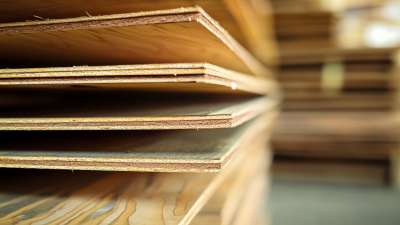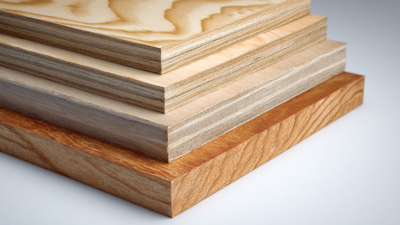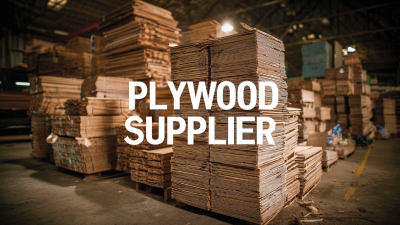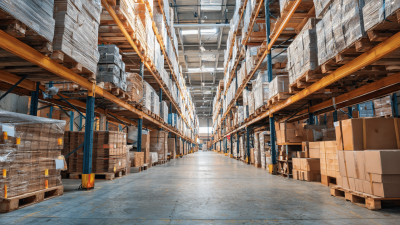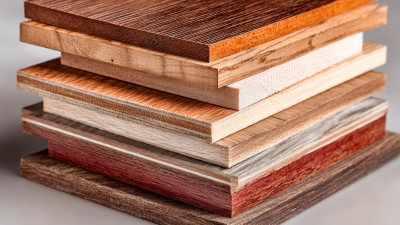Choosing the right structural plywood for your construction needs is crucial for ensuring both the integrity and longevity of your projects. Structural plywood, known for its versatility and strength, plays a vital role in various applications, from residential homes to commercial buildings. With a wide array of options available on the market, selecting the appropriate type can be overwhelming. Factors such as load-bearing capacity, moisture resistance, and the specific demands of your project must be considered to make an informed choice. This guide will illuminate the key factors to assess when selecting structural plywood, enabling you to tailor your decision to your unique construction requirements and ultimately achieve optimal results in your building endeavors.
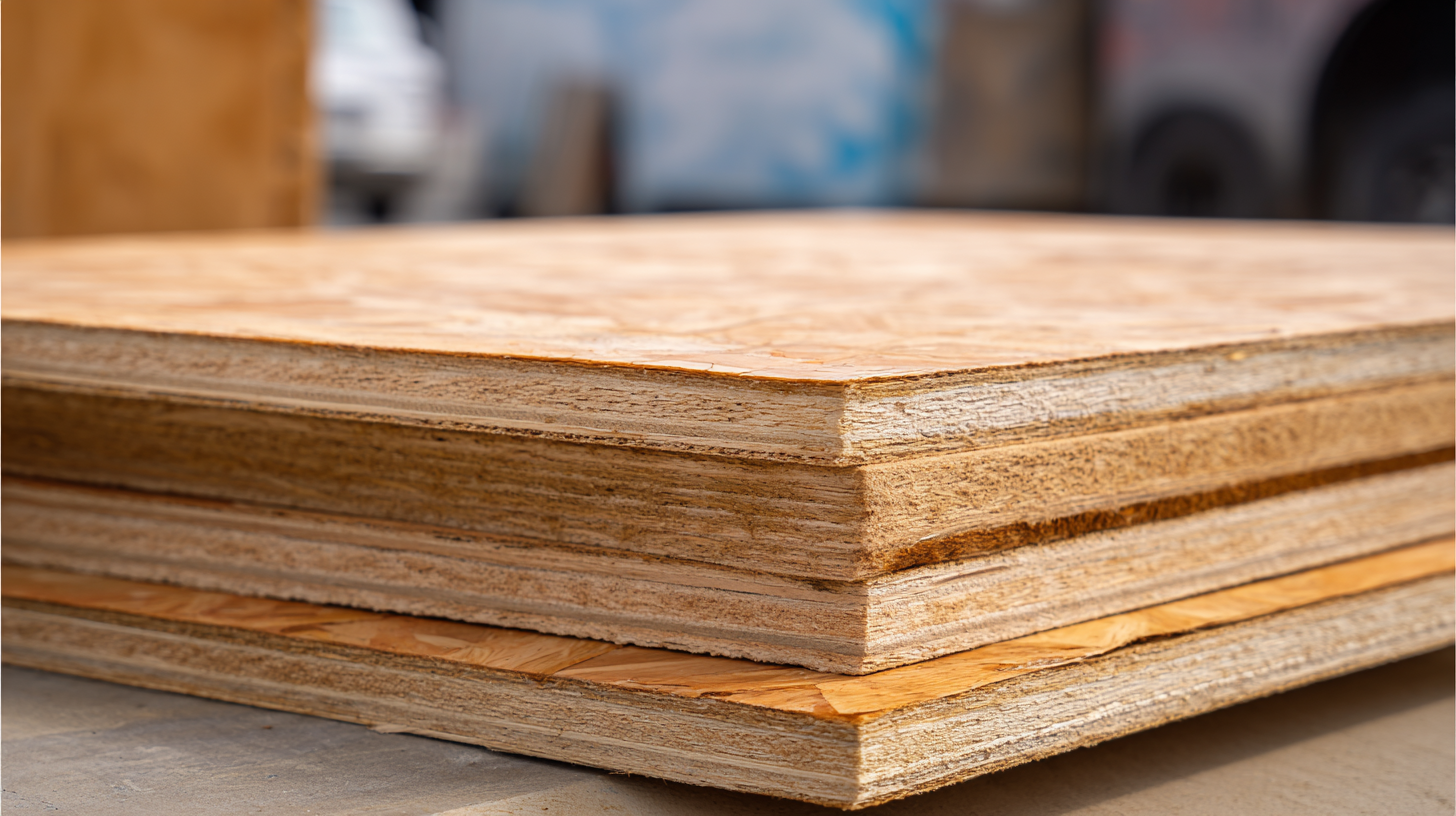
When selecting the right structural plywood for construction projects, it is crucial to understand the various types available in the market. The main types include CDX, ACX, and pressure-treated plywood, each designed for specific applications. CDX plywood, with its rough exterior and lower grade, is commonly used for roof sheathing and subflooring. Its cost-effectiveness makes it a popular choice for general construction, although it requires a protective layer against moisture.
On the other hand, ACX plywood features a smoother finish with a higher grade, ideal for visible applications such as cabinetry and furniture making. Its attractive appearance and durability make it suitable for interior use, where aesthetics matter. Pressure-treated plywood is another option, infused with chemicals to resist decay and insect damage, making it perfect for outdoor applications, such as decking and landscaping structures. Understanding these distinctions enables builders to make informed choices that align with their specific project needs and environmental considerations.
| Type of Plywood | Thickness (mm) | Strength Class | Typical Applications | Moisture Resistance |
|---|---|---|---|---|
| Structural Plywood | 15 | BS 6566 | Roofing, Wall Sheathing | Low |
| Marine Plywood | 18 | BS 1088 | Boat Building, Docks | High |
| Exterior Grade Plywood | 12 | CDX | Siding, Outdoor Structures | Medium |
| Interior Plywood | 9 | A / C | Furniture, Cabinets | Low |
| Lumber Core Plywood | 25 | Structural I | Heavy Duty Use | High |
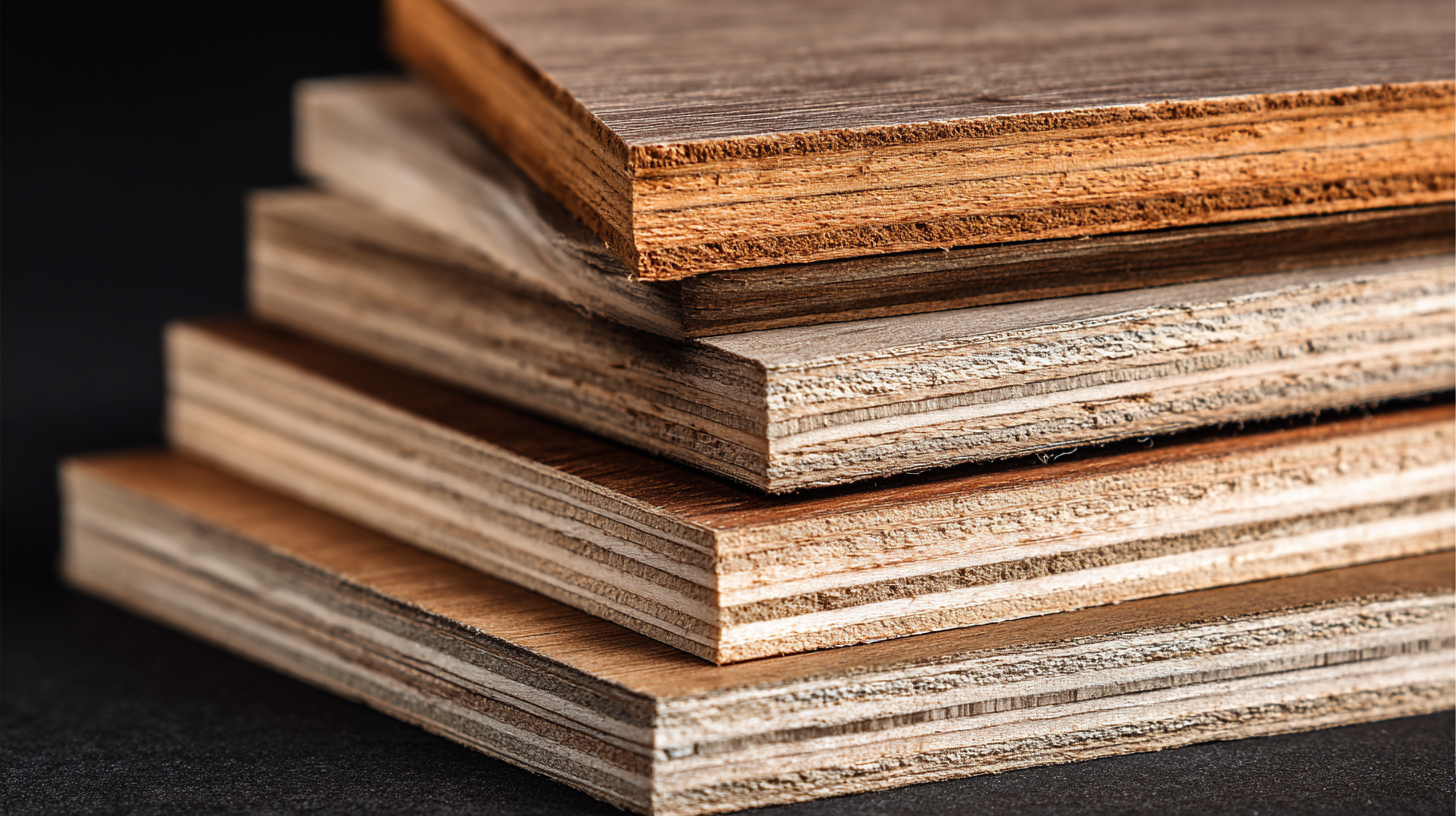 When selecting structural plywood for construction, evaluating load-bearing capacity and structural integrity is crucial. Structural plywood is designed to withstand various loads, and its performance can vary significantly based on material composition and manufacturing techniques. Recent advancements in sustainable building materials emphasize the importance of selecting high-performance materials that not only meet aesthetic and functional requirements but also contribute to environmental sustainability. For instance, studies indicate that integrating advanced composites can enhance the mechanical performance of structural systems, resulting in effective load-bearing solutions that can exceed traditional materials in specialized applications.
When selecting structural plywood for construction, evaluating load-bearing capacity and structural integrity is crucial. Structural plywood is designed to withstand various loads, and its performance can vary significantly based on material composition and manufacturing techniques. Recent advancements in sustainable building materials emphasize the importance of selecting high-performance materials that not only meet aesthetic and functional requirements but also contribute to environmental sustainability. For instance, studies indicate that integrating advanced composites can enhance the mechanical performance of structural systems, resulting in effective load-bearing solutions that can exceed traditional materials in specialized applications.
Moreover, assessments of fracture toughness and structural behavior in innovative materials reveal critical insights into their long-term performance under stress. Understanding the impact of internal defects and external loads on materials such as additively fabricated components aids in making informed decisions. Such evaluations are parallel to similar assessments in other fields, such as geotechnical engineering, which routinely analyze the structural response of various components under dynamic loads. Employing a rigorous evaluation framework ensures that the chosen plywood not only fulfills the immediate architectural needs but is resilient and reliable over its service life.
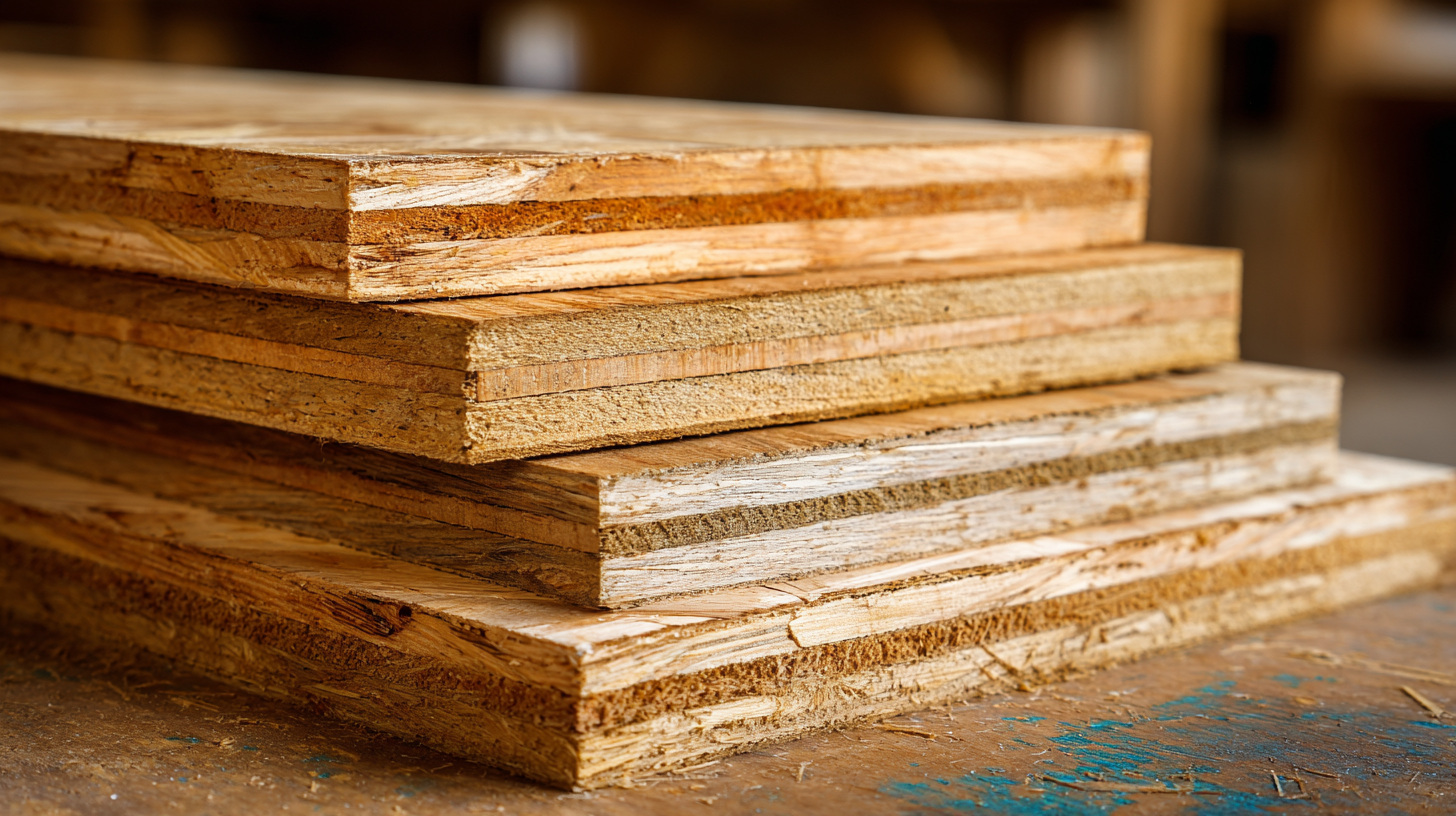 When selecting structural plywood for construction, it is crucial to assess its environmental resistance and longevity. Plywood can be exposed to various conditions, including moisture, humidity, and temperature fluctuations. Understanding the type of adhesive used in the plywood is paramount, as high-quality, water-resistant adhesives can significantly enhance the material's durability. For example, adhesives that meet the exterior-grade standards are ideal for projects exposed to weather, ensuring that the layers of wood remain bonded even in harsh conditions.
When selecting structural plywood for construction, it is crucial to assess its environmental resistance and longevity. Plywood can be exposed to various conditions, including moisture, humidity, and temperature fluctuations. Understanding the type of adhesive used in the plywood is paramount, as high-quality, water-resistant adhesives can significantly enhance the material's durability. For example, adhesives that meet the exterior-grade standards are ideal for projects exposed to weather, ensuring that the layers of wood remain bonded even in harsh conditions.
In addition to adhesive quality, the species of wood and the thickness of the plywood also play a critical role in its overall performance. Certain wood types, like marine-grade plywood, offer superior resistance to rot and decay, making them suitable for environments with high moisture content. Furthermore, thicker plywood generally provides better load-bearing capabilities and longevity. By considering these factors, builders can select the right plywood that not only meets the structural demands of their projects but also withstands the test of time against environmental challenges.
When planning a construction project, understanding budget considerations is critical for determining cost-effectiveness. This not only includes the initial purchase of materials, like structural plywood, but also the long-term implications of those choices. As the global home renovation market is projected to grow significantly over the next few years, with an estimated value jumping from $204.25 billion in 2025 to $265.96 billion by 2032 at a compound annual growth rate of 3.79%, careful financial planning becomes essential.
Proper budgeting allows you to balance quality and price, ensuring that the materials selected meet both structural requirements and financial constraints. The incorporation of strategies like zero-based budgeting can help reassess each expenditure based on current project needs rather than historical data, leading to more efficient resource allocation. In navigating the complexities of project budgets, investing in structural plywood that offers durability and reliability is a pivotal decision that ultimately impacts the overall success of construction efforts.
When selecting structural plywood for your construction projects, determining the appropriate thickness and size is crucial for achieving optimal performance. The thickness of the plywood directly influences its strength and load-bearing capacity. Generally, thicker plywood, such as 18mm or 24mm, is recommended for applications that will bear heavy loads, like floor joists and roof sheathing. Conversely, thinner options, such as 9mm or 12mm, may suffice for less demanding tasks such as interior wall sheathing or decorative projects. It’s important to assess the specific requirements of your project to choose a thickness that aligns with both structural integrity and overall design goals.
In addition to thickness, the size of the plywood sheets also plays a significant role in performance. Standard plywood sheets come in various dimensions, typically 4x8 feet, but custom sizes may be necessary for particular applications. Using larger sheets reduces the number of joints and seams, resulting in improved stability and fewer potential weak points in your structure.
Consider the layout of your project and how the plywood will be installed. By selecting the right thickness and size of plywood, you can ensure the durability and effectiveness of your construction, meeting both aesthetic and functional demands.
